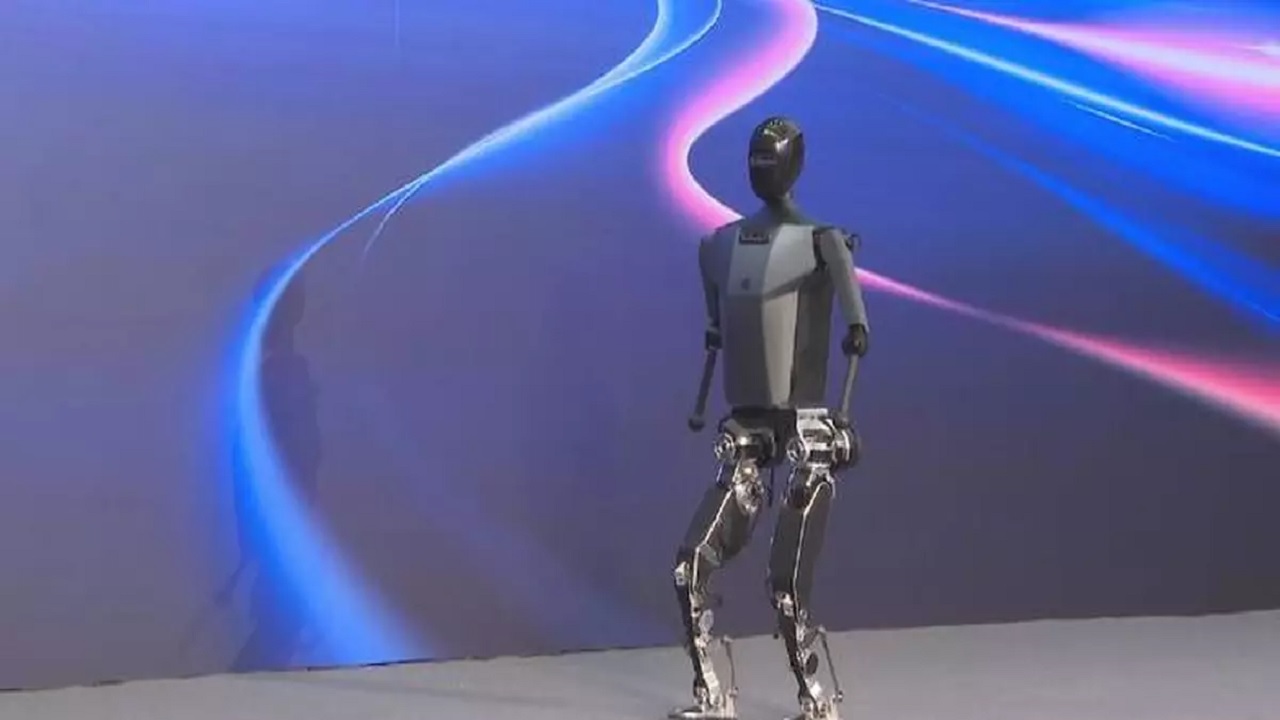A New Era of Robotics: China Debuts First Self-Developed Humanoid Robot

China has taken a significant leap in the field of robotics with the unveiling of its first domestically developed general-purpose humanoid robot, the Tiangong. This marks a milestone in the country’s technological advancements and promises a future with robots seamlessly integrated into various aspects of our lives.
The Tiangong, named after the Chinese word for “heavenly palace,” stands at 1.63 meters (5 feet 4 inches) and weighs 43 kilograms (95 pounds). It boasts impressive technical features, including multiple vision perception sensors for navigating its environment. Its processing power reaches a staggering 550 trillion operations per second, allowing for real-time decision-making and complex computations. Additionally, high-precision inertial measurement units and 3D vision sensors enhance its spatial awareness. For tasks requiring delicate handling, the Tiangong comes with high-precision six-axis force sensors and provides accurate feedback on the forces it exerts.
A New Era of Robotics: China Debuts First Self-Developed Humanoid Robot
One of the most intriguing aspects of the Tiangong is its open-source and scalable design. This allows other robotics companies and research institutions to adapt the robot for specific applications. Imagine Tiangongs customized for home care, assisting seniors or performing household chores. They could be integrated into industrial settings, handling delicate tasks or working in hazardous environments. The possibilities are vast, and China’s open-source approach could accelerate the development of diverse humanoid robot applications.
The Tiangong’s unveiling comes from the Beijing Economic and Technological Development Area, a hub for robotics innovation in China. This region fosters a complete robotics ecosystem, encompassing core component development, robot production, and application research. With over 110 robotics companies within the zone, the Tiangong serves as a foundation for further collaboration and advancements.
Tiangang is 1.63 meters (5 feet 4 inches) tall and weighs 43 kilograms (95 pounds).
China’s foray into general humanoid robotics signifies its growing ambitions in the field of automation and artificial intelligence. While Tiangong’s capabilities are still under development, its potential applications are extensive. It could revolutionize sectors like manufacturing, healthcare, and logistics, freeing up human workers for more specialized tasks.
However, the development of advanced humanoid robots also raises concerns. Ethical considerations regarding robot sentience and potential job displacement need to be addressed. Additionally, ensuring the safety and responsible use of these robots is paramount.
China’s Tiangong marks a significant step forward in humanoid robotics. Its open-source design and diverse potential applications position it as a game-changer in the field. As research and development progress, the Tiangong paves the way for a future where robots seamlessly work alongside humans, transforming how we live and work. With careful planning and ethical considerations, this technology has the potential to improve our lives in unimaginable ways.
You can get more ideas about this robot by watching this video
See Also: Mercedes Benz Collaborates With Apptronik To Roll Out A Humanoid Robot
PTA Taxes Portal
Find PTA Taxes on All Phones on a Single Page using the PhoneWorld PTA Taxes Portal
Explore NowFollow us on Google News!





